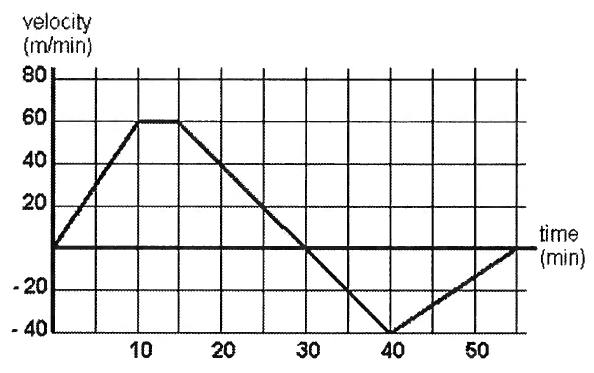SOLVING SYSTEM OF EQUATIONS USING SUBSTITUTION
(a) Use one of the equations in the system of equations to solve for one of the variables in terms of the other variables.
(b) Substitute the expression obtained in the previous step into the other equations, resulting in a new system of equations with one less variable and one less equation.
(c) Repeat the first two steps until you can solve the remaining system.
(d) Then substitute the values you have found into the previously obtained equations to get the complete solutions.
Example 1 :
Find all solutions to the given system of equations.
x2 − 2y2 = 3
x + 2y = 1
Solution :
x2 − 2y2 = 3 -------(1)
x + 2y = 1 -------(2)
x = 1 - 2y
Substitute x = 1 - 2y in (1)
(1 - 2y)2 - 2y2 = 3
1 + 4y2 - 4y - 4y2 = 3
-4y = 3 - 1
-4y = 2
y = 2/(-4) = -1/2
x = 1 - 2(-1/2)
= 1 + 1
x = 2
So, the solution is
(2, -1/2)
Example 2 :
Find all solutions to the given system of equations.
(1/x) − (1/y) = 2
4x + y = 3
Solution :
(1/x) − (1/y) = 2 ----(1)
4x + y = 3 ----(2)
y = 3 - 4x
Substitute y = 3 - 4x in (1)
(1/x) - (1/(3 - 4x)) = 2
(3 - 4x - x)/(x(3-4x)) = 2
(3 - 5x)/(3x - 4x2) = 2
3 - 5x = 2(3x - 4x2)
3 - 5x = 6x - 8x2
8x2 - 6x - 5x + 3 = 0
8x2 - 11x + 3 = 0
(8x - 3) (x - 1) = 0
x = 3/8 and x = 1
|
If x = 3/8 y = 3 - 4(3/8) y = 3 - (3/2) y = (6 - 3)/2 y = 3/2 |
If x = 1 y = 3 - 4(1) y = 3 - 4 y = -1 |
So, the solutions are
(3/8, 3/2) and (1, -1)
Example 3 :
Find all solutions to the given system of equations.
x2 + 3y2 = 5
x − 3y = 2
Solution :
x2 + 3y2 = 5 ----(1)
x − 3y = 2 ----(2)
x = 2 + 3y
Substitute x = 2 + 3y in (1)
(2 + 3y)2 + 3y2 = 5
4 + 9y2 + 2(2)(3y) + 3y2 = 5
12y2 + 12y + 4 - 5 = 0
12y2 + 12y - 1 = 0
a = 12, b = 12 and c = -1
y = -b ± √(b2 - 4ac) / 2a
y = -12 ± √(122 - 4(12) (-1) / 2(12)
y = -12 ± √(144 + 48) / 24
y = (-12 ± √192) / 24
y = (-12 ± 8√3) / 24
y = 4(-3 ± 2√3) / 24
y = (-3 ± 2√3) / 6
y = (-3 + 2√3)/6 (or) y = (-3 - 2√3)/6
|
y = (-3 + 2√3)/6 x = 2 + 3y x = 2 + 3(-3 + 2√3)/6 x = 2 + (-3 + 2√3)/2 = (4 - 3 + 2√3)/2 = (1 + 2√3)/2 |
y = (-3 - 2√3)/6 x = 2 + 3y x = 2 + 3(-3 - 2√3)/6 x = 2 + (-3 - 2√3)/2 = (4 - 3 - 2√3)/2 = (1 - 2√3)/2 |
So, the solutions are
((1 + 2√3)/2, (-3 + 2√3)/6) and ((1 - 2√3)/2, (-3 - 2√3)/6)
Kindly mail your feedback to v4formath@gmail.com
We always appreciate your feedback.
©All rights reserved. onlinemath4all.com
Recent Articles
-
Digital SAT Math Problems and Solutions (Part - 150)
Apr 25, 25 11:46 AM
Digital SAT Math Problems and Solutions (Part - 150) -
AP Calculus AB Problems with Solutions (Part - 19)
Apr 24, 25 11:10 PM
AP Calculus AB Problems with Solutions (Part - 19) -
AP Calculus AB Problems with Solutions (Part - 18)
Apr 24, 25 11:06 PM
AP Calculus AB Problems with Solutions (Part - 18)
